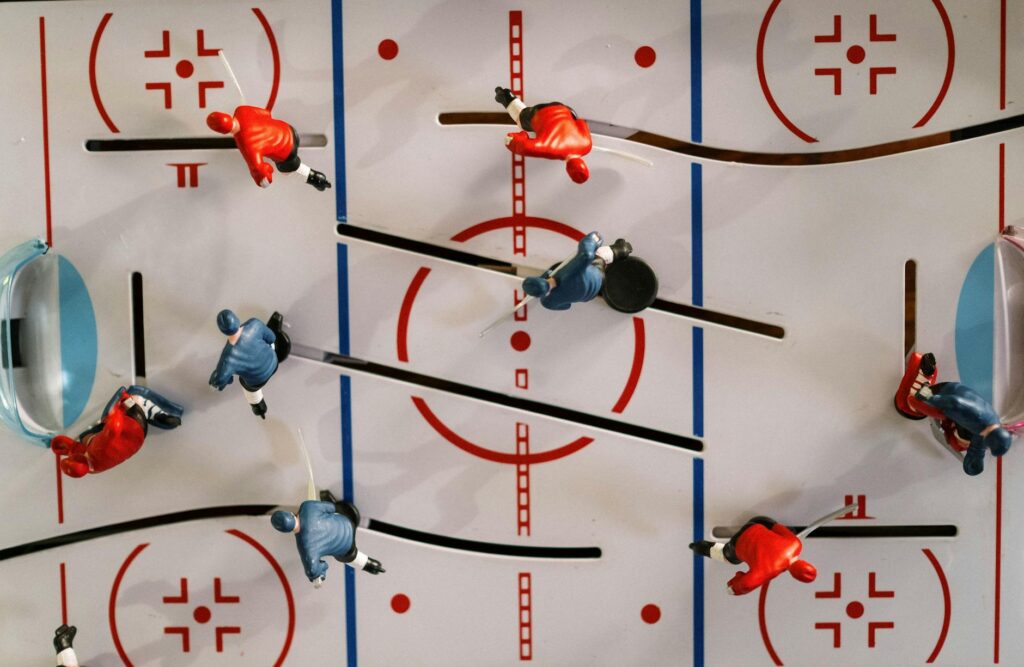What is goal visualization methods?

What is goal visualization methods?
Goal visualization methods are powerful tools that can transform your aspirations into reality. Whether you’re striving for personal fulfillment or professional success, understanding how to visualize your goals can help you enhance motivation and focus. In this article, I’ll explore the various techniques associated with goal visualization, their psychological foundations, and practical tips for integrating these methods into your daily life.
Understanding Goal Visualization
Goal visualization methods refer to techniques that involve creating a mental image of your goals and the desired outcomes you want to achieve. By vividly imagining your success, you can influence your motivation and actions to help manifest those goals.
Definition of Goal Visualization Methods
Simply put, goal visualization methods involve picturing your objectives in detail. This could mean envisioning yourself achieving a significant milestone, from graduating to landing a dream job. The practice enhances focus and motivation by embedding these images in your subconscious, making them feel more attainable.
Psychological Basis of Visualization
The effectiveness of goal visualization lies in its psychological principles. When we visualize our goals, our brain activates similar pathways as when we physically engage in those activities. Studies suggest that visualization can significantly impact performance and achievement by creating a mental rehearsal, enhancing confidence, and reducing anxiety. This process is backed by research in sports psychology, showing that athletes often use visualization to prepare for competitions.
Types of Goal Visualization Methods
There are various popular goal visualization methods, each with unique approaches. Below, I’ll outline some of the most effective techniques.
Vision Boards
Creating a vision board is an engaging way to visualize your goals. This method involves compiling images, quotes, and symbols that represent your aspirations. To craft a vision board, gather materials like magazines or printouts, and arrange them on a board or poster. Place your vision board in a prominent area to keep your goals visible. The act of curating your aspirations helps reinforce your ambitions, making them feel more tangible.

Photo by cottonbro studio
Guided Visualization Exercises
Guided visualization involves following a structured script or audio that leads you through vivid imagery of your goals. These exercises often incorporate relaxation techniques to calm your mind and enhance focus. You might visualize walking through a serene landscape as you imagine achieving your goals, allowing your mind to create a rich sensory experience. This method can be particularly effective for those new to visualization, as it provides a clear pathway to follow.
Mental Rehearsal
Mental rehearsal is a technique used to practice specific skills or scenarios in your mind. This method is commonly used by athletes and performers to enhance their performance. For instance, if you’re preparing for a presentation, you might visualize yourself confidently delivering your speech and engaging the audience. By repeatedly practicing these mental simulations, you can build confidence and improve your actual performance.
Benefits of Goal Visualization Methods
Incorporating goal visualization methods into your routine can yield several significant benefits.
Enhanced Focus and Clarity
Visualization sharpens your focus on what truly matters. When you have a clear mental picture of your goals, it becomes easier to prioritize tasks and make decisions aligned with your aspirations. This clarity can help eliminate distractions and maintain motivation, driving you toward your objectives.
Increased Motivation and Confidence
Regularly visualizing your goals can provide a substantial boost to your motivation levels. By picturing yourself achieving your dreams, you’re more likely to feel inspired to take action. Moreover, as you mentally rehearse success, you build confidence in your abilities. This, in turn, fosters a positive mindset, making you more resilient in the face of challenges.
Overcoming Obstacles
Visualization techniques can also prepare you for potential setbacks. By mentally rehearsing challenges and devising solutions, you can approach obstacles with a proactive mindset. This anticipatory strategy empowers you to maintain composure and navigate difficulties effectively.
Implementing Goal Visualization in Daily Life
Integrating goal visualization methods into your daily routine requires intention and consistency. Here are some practical tips to get started.
Setting Clear Goals
Start by defining specific and measurable goals. Clear objectives make visualization more effective. For example, instead of simply saying, “I want to be fit,” aim for “I want to run a 5K in under 30 minutes.” This precision allows for more effective visualization.
Creating a Routine
Make goal visualization a regular part of your life. Set aside a few minutes each day to visualize your goals or engage in guided visualization exercises. Consistency is key. The more you practice, the more ingrained your goals will become in your mind.
Tracking Progress
Keep track of your progress to understand how visualization is impacting your journey. Regularly assess your achievements and adjust your visualization techniques as needed. This reflection will help you stay aligned with your goals and make necessary adjustments based on your experiences.
Conclusion
Goal visualization methods can be transformative, helping you gain clarity, motivation, and resilience as you pursue your dreams. By implementing techniques like vision boards, guided visualization, and mental rehearsal, you can significantly enhance your focus and self-confidence. Start incorporating these methods into your daily life, and watch as your aspirations become more tangible realities. The journey toward achieving your goals begins with a clear vision—so why not take that first step today?